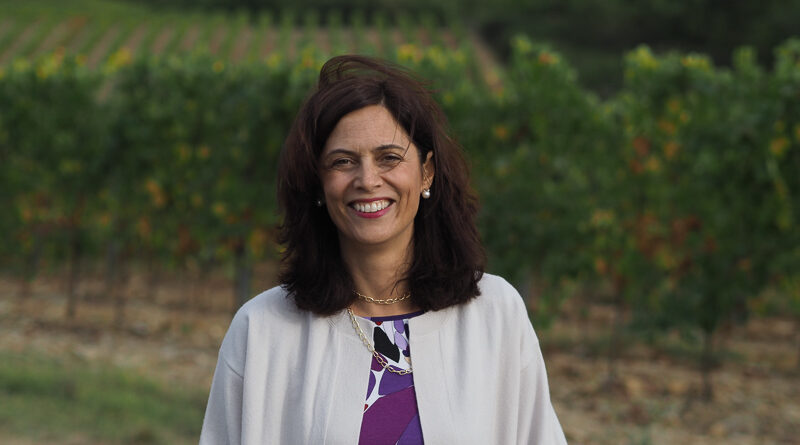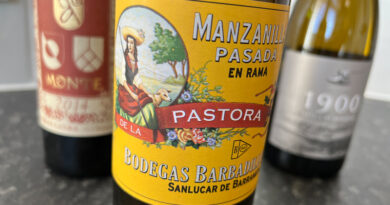Chianti Classico Deep Dive (1) Bindi Sergardi
Website: https://www.bindisergardi.it/en/
This is the first in a series of articles based on a week in Chianti Classico, a wine region fast emerging as a source of great bottles from interesting terroirs, trying to shrug the shackles of the past. The first stop in Chianti Classico was at the Tenuta Mocenni estate of Bindi Sergardi. I visited with owner Alessandra Casini Bindi Sergardi, and we began by looking at the vineyards on the estate.
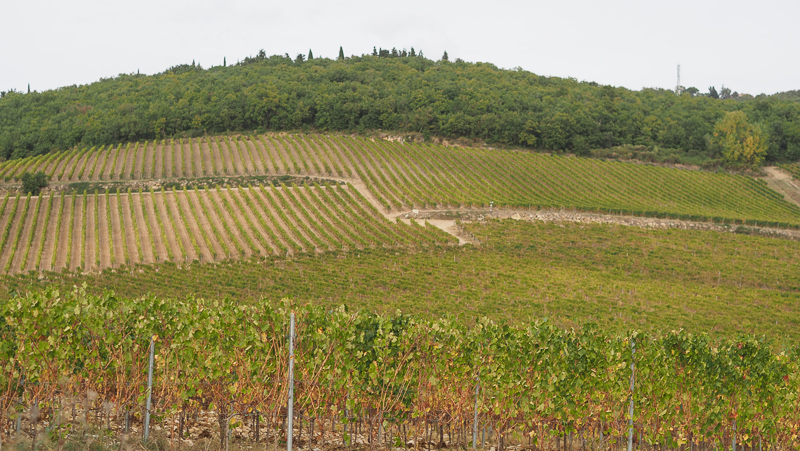
On a visit to vineyards in Chianti Classico, you won’t have to wait long to hear the names Galestro and Albarese, and these are often mis-used. Alessandra explained that Galestro is a state of degradation of a rock so it shouldn’t be used to describe the nature of the rock: it’s found when shale is exposed at the surface and begins to flake. Albarese, however, is a geological formation: it’s a hard limestone. You can find both these in the Mocenni soils, which are unusually rocky.
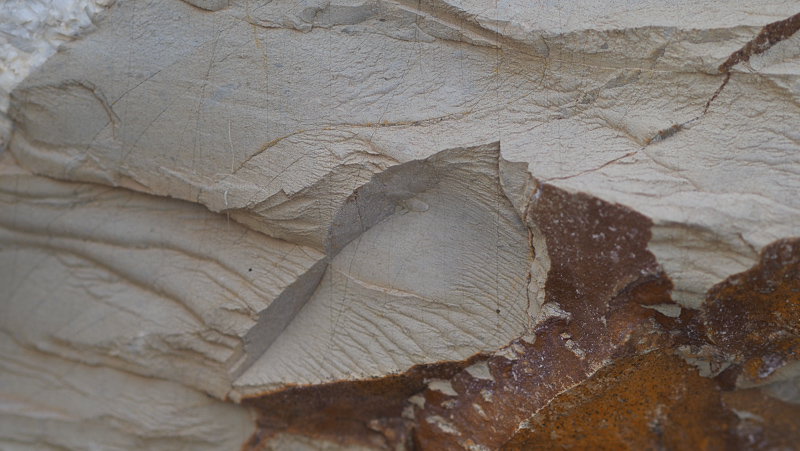
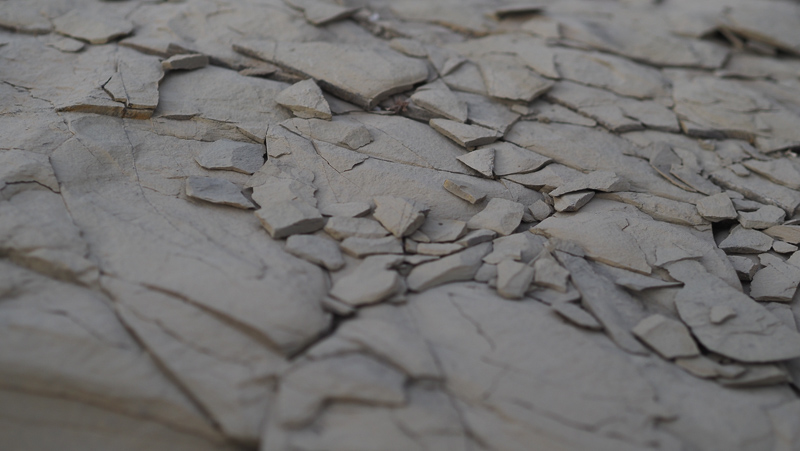
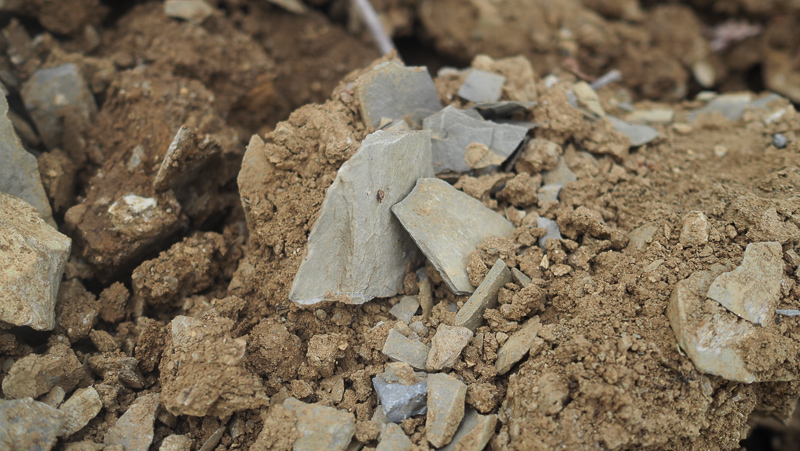
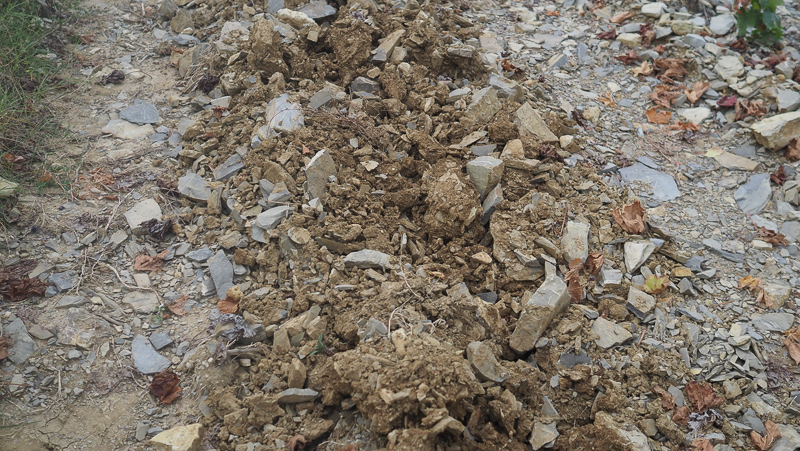
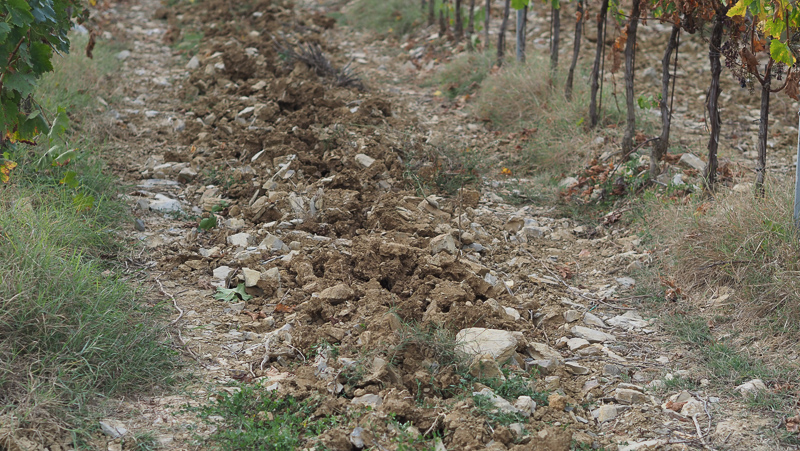
Chianti Classico has quite a few different soil types, most of which are sedimentary rocks of different ages and formations. Albarese is formed 40 million years ago, and is a very hard limestone that breaks in concoidal forms, unlike galestro which breaks in layers or flakes. The galestro, which is layers of argelite (like clay) which forms schist-like layers that were formed in a marine environment, and dates back 80 million years. The most recent is called macigno del Chianti which is a sandstone formed 20 million years ago, and it’s non calcaerous. Pietraforte is another name you might come across: this is a sandstone that has some calcareous content. There are also some alluvial terroirs in the region (soils deposited by rivers), and some lacustrine ones (sediments from the bottom of old lakes). Other terms you might hear are marls (these are calcareous clay agglomerates, and are typically found in largely clay soils) and clays (the clays can come in seams that are then uncovered, or they can be produced by the decomposition of limestone; sandstones generally decompose into sandy soils).
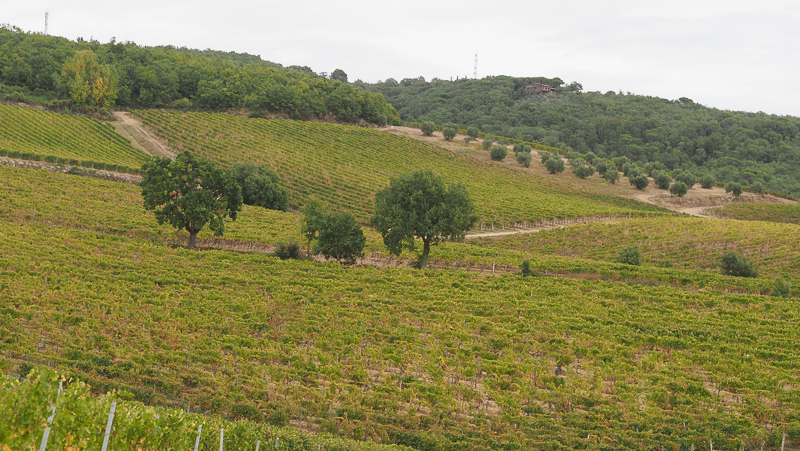
What really matters to the vine is how much nutrient is present in the soil, how free draining the soil is, whether the soils are rich or rocky, and whether the soils have water-retaining capacity. The nature of the bedrock in Chianti Classico is generally of the same type as the top soil, because the soils are a result of decomposition of the bedrock and haven’t come from elsewhere (the exception is small areas of alluvial soils). In terms of wine quality, bony albarese soils tends to give wines with good structure and acidity, and quite a bit of tension. Clay-rich soils tend to give darker, richer wines with quite a bit of tannin. And sandy/sandstone soils often result in bright linear wines with focused fruit. Of course, elevation and aspect also shape wine style significantly, as do human choices such as picking time and vinification.
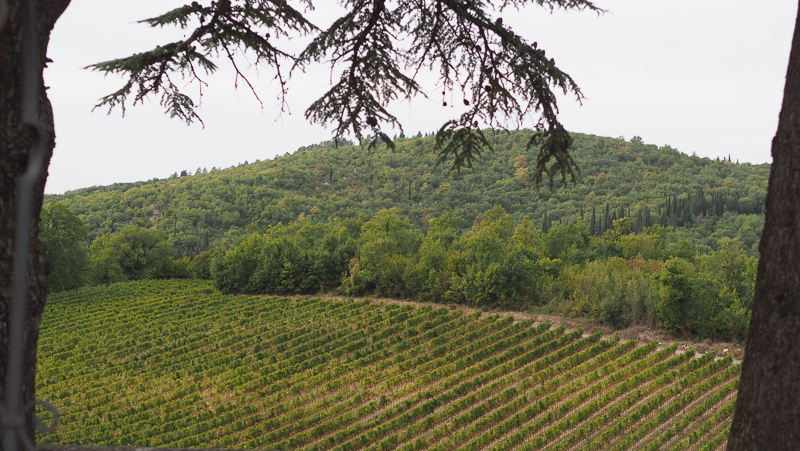
So back to Bindi Segradi, and a bit of history of the region. Until World War II, Italy’s economy was based on agriculture, explained Alessandra, and the most common form of contract was sharecropping, which dated from before Roman times. This consisted of land owners giving a house and land to sharecroppers who would work the land and keep half the crop. After the war, food got cheaper, making it hard for the sharecroppers to live off their 50%. Some landowners increased this to 60% or even 70%. Then in the 1960s and 1970s the secondary sector arrived in Italy, and industry needed fixed wage labour. ‘This created a huge crisis in Chianti Classico,’ says Alessandra. ‘Everyone abandoned the countryside and we lost an incredible amount of knowledge of the land.’
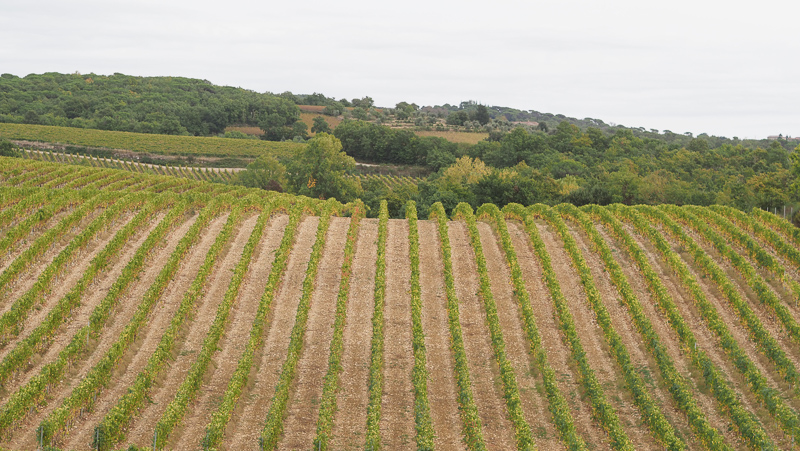
Alessandra’s grandmother Chiarla was born in 1917, and Chiarla’s father died in 1934. She married in 1939 and Alessanra’s father was born in 1941. But Chiarla’s husband left for the war in 1942 and never came back. Half of the women in Italy were illiterate at this time, and Chiarla was a widow alone in the 1940s when many of the neighbours were selling their land. How did she do it, asks Alessandra. She persevered with mixed farming, and thanks to her the 23rd generation are still farming the land.
After the huge crisis in the region, lots of people looked for quantity, taking advantage of mechanization. Cordon pruning was best for mechanization and quantity, but at Bindi Sergardi they are focusing on cane pruning, lower planting density and going back to bigger casks. ‘Sangiovese is very terroir transparent,’ says Alessandra, ‘so if you cover it with wood you take away an opportunity.’
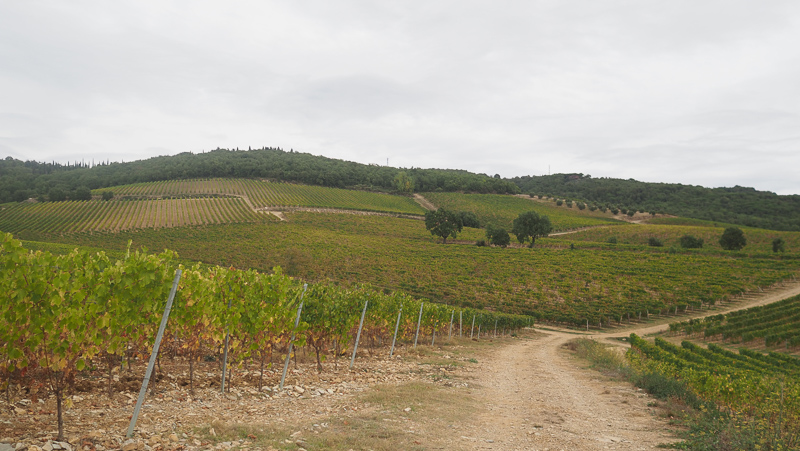
Alessandra thinks that the availability of new clones of Sangiovese are important. ‘Project 2000 with new clones of Sangiovese was a big deal.’ These clones mature earlier. ‘When I was young harvest always started the first Sunday in October. Not every vintage was a good one,’ she says. ‘New clones, lower yields, not blending really brings forth our identity.’
‘Also, Gran Selezzione has been a real change. It’s a price factor. Chianti Classico had problems: the price was between X and Y and there was no way of getting over the Y, but there were super Tuscans getting ten times Y. If you aren’t being paid for it, why invest a lot of money? Gran Selezzione means suddenly you can get paid for quality. This was another prompt for producing quality.’
Alessandra is one of five children, but none of them were allowed to work for the family company unless they had worked three years elsewhere. She worked three years in another winery after studying business and economics, and joined the family firm in 2005. Her younger sister Magdalena is also working at Bindi Sergardi. ‘We have similar values but a different personality, so it works perfectly.’
Farming here isn’t organic, but they don’t use herbicides. They turn over the soil in alternate rows each year to allow water infiltration. ‘Working the land is like giving water to the plants,’ says Alessanra, quoting an old saying in the region. They fertilize with animal manure, and get good results. They don’t use cover crops.
We discussed recent vintages. 2020 is more fruity and open. 2021 is deeper, and often more powerful than 2020. 2019 a perfect vintage with quality and quantity, and rain at the right moment.
These are 100% Sangiovese wines all made in the same way, raised in large-format oak.
‘If we don’t make good wine it is our fault,’ she says, ‘because this land is incredible. At this altitude, you have the raw soil.’
THE WINES
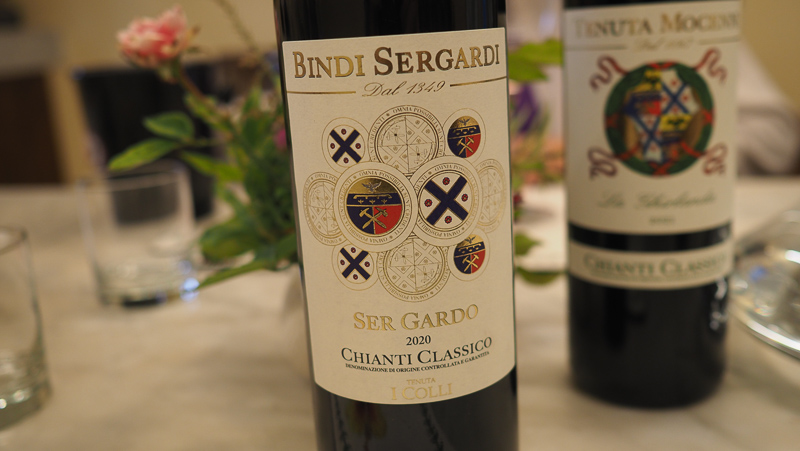
Bindi Sergardi I Colli Ser Gardo Chianti Classico 2020
I Colli is an estate at 350 m, and has lots of alberesi and much less galestro (clay). This is I Colli from Bindi Sergardo.Nice taut aromatics with floral cherry and berry fruits with fine spicy notes. The palate is fruit-driven but also nicely structured with red cherries, plums and a nice dusty spicy quality. Nice tannins here with a lovely combination of fleshiness and structure. Nice weight here. 93/100
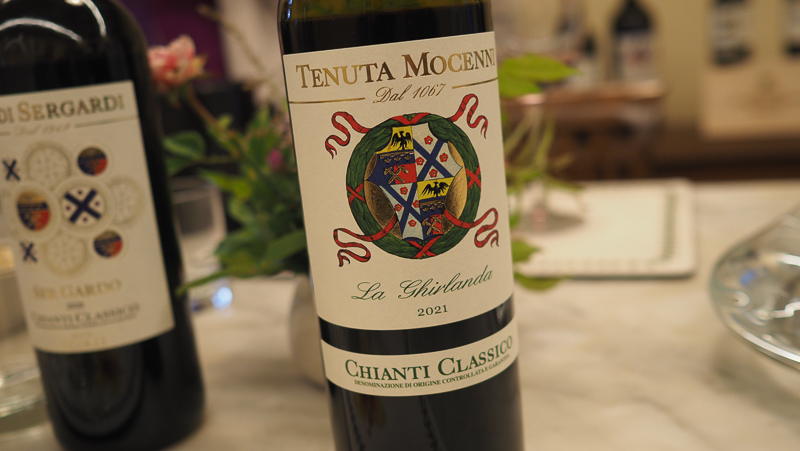
Bindi Sergardi Tenuta Mocenni La Ghirlanda Chianti Classico 2021
Higher in altitude and more clay. Sweetly aromatic on the nose with pure brooding fruit. The palate is fresh and bright, with nice vivid cherry and berry fruits backed up by good structure and acidity. There’s lovely presence here with purity and vitality, with some dusty tannins. 93/100
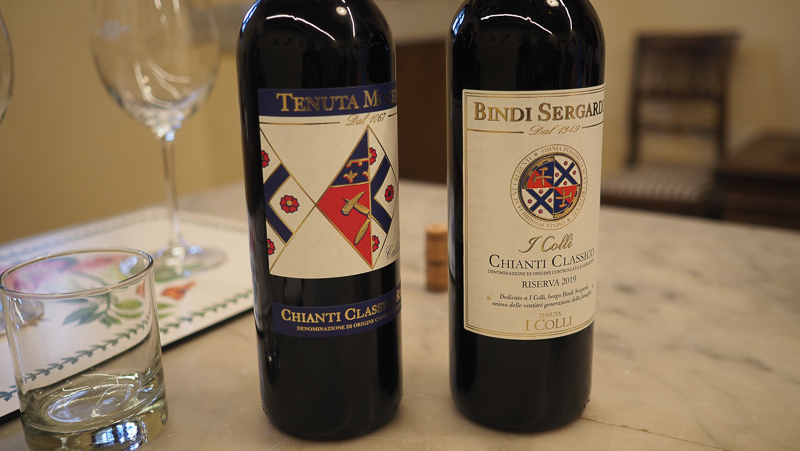
Bindi Sergardi I Colli Chianti Classico Riserva 2019
Raised in large vats. Powerful, brooding nose with vivid berry fruits as well as leather, cherries, spice and herbs. The palate is beautifully proportioned with nice spice, leather and herb detail as well as lovely fleshy cherry and berry fruits. Beautiful balance here: there’s a sweetness and silkiness to the fruit, but it’s kept in trim by lovely spicy detail and structure. Has potential for development. 95/100
Tenuta Mocenni Calidonia Chianti Classico Riserva 2019
This is taut and quite complex with restrained cherry and berry fruits as well as good structure. Nice purity, with some elegance to the fruit, and good structure. Such weightlessness on the palate, despite the concentration and structure. Lovely balance and focus, and this should age effortlessly. 95/100
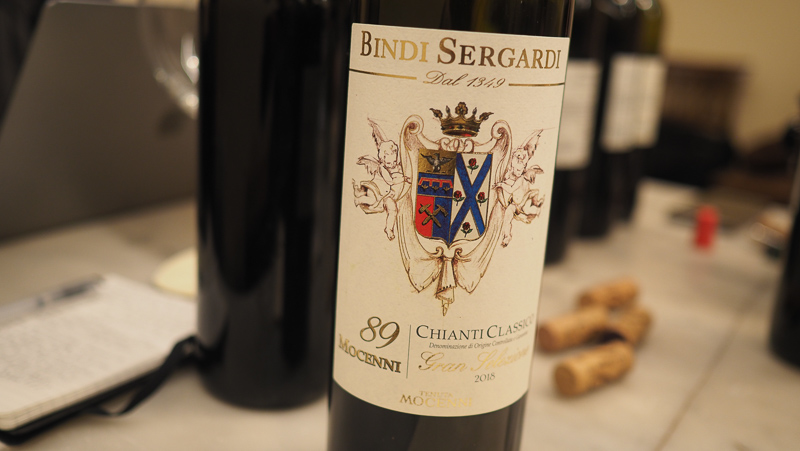
Bindi Sergardi Tenuta Mocenni 89 Chianti Classico Gran Selezione 2019
89 stands for the registry number for the parcel of land where the vines are grown. There’s a brightness and elegance here as well as depth. It’s finely spiced and structured with lovely elegance. Good acidity and nice freshness, but also lovely supple, pure fruit. Taut and unfurled, but also showing really appealing fruit. Such a lovely wine. 96/100
Bindi Sergardi Tenuta Mocenni 89 Chianti Classico Gran Selezione 2018
Slightly stern nose but with some austere beauty, and notes of spice and minerals as well as appealing fruit. The palate has some fine-grained structure and some spicy notes with supple cherry and plum fruits. Shows a bit of warmth on the finish with good acidity. Very fine with some notes of tea and dried herbs in the mix. 94/100
Bindi Sergardi Tenuta Mocenni 89 Chianti Classico Gran Selezione 2016
This is well structured and quite beautiful with some subtle earth and spice with dried herbs, as well as nicely structured cherry and plum fruit. Has lovely fine spiciness and good concentration. Long way to go for this wine. 95/100
Bindi Sergardi Tenuta Mocenni 89 Chianti Classico Gran Selezione 2015
There’s lovely flesh to this wine with a core of sweet cherry and berry fruits with nice density. Lots of volume here with lovely richness but also good structure and weight. Nice grip and focus on the finish, with some stony mineral notes. Great concentration with lovely depth and a core of sweet fruit. 95/100
Bindi Sergardi Tenuta Mocenni 89 Chianti Classico Gran Selezione 2013
The last vintage where they used some small oak (although it wasn’t new). Some minty hints here with sweet cherry and plum fruit as well as notes of leather and herbs. Grainy and grippy, this has a lot of structure still. Nice fruit still, but lacks some of the harmony and elegance of other vintages. 91/100
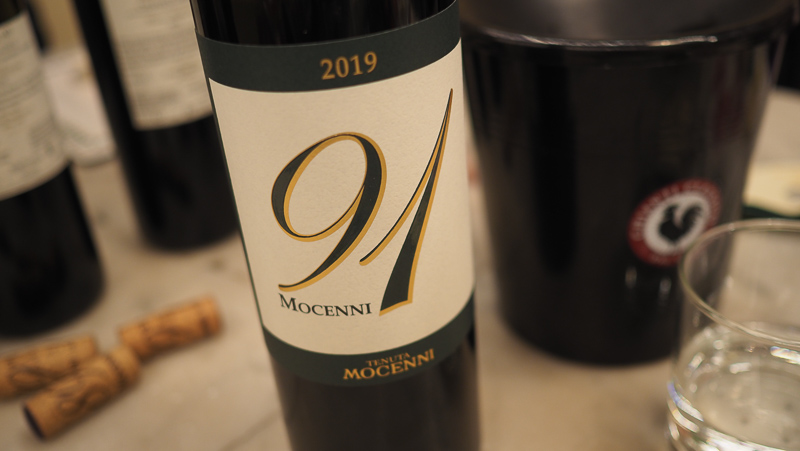
Bindi Segardi Tenuta Mocenni 91 2019
14.5% alcohol. This is 100% Cabernet Sauvignon. Tonneaux and barriques, so no large format. Complex and spicy with a savoury, spicy edge to the sweet cherry and blackcurrant fruit. Has some flesh, but also firm structure and some spicy oak. There’s a hint of mint and some grippy structure too, as well as some warmth. Quite ripe. 93/100

